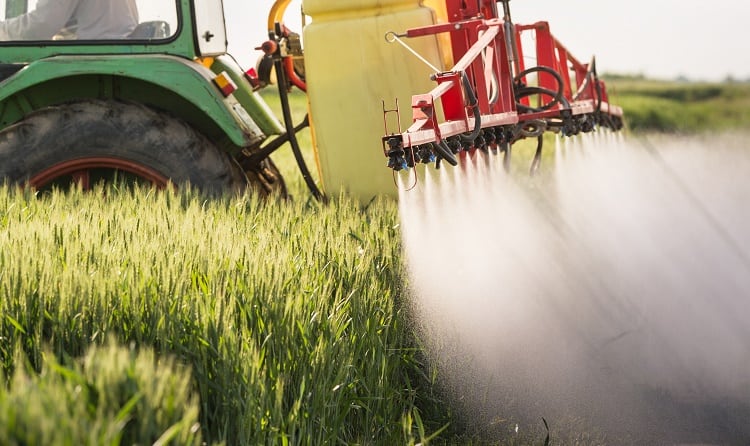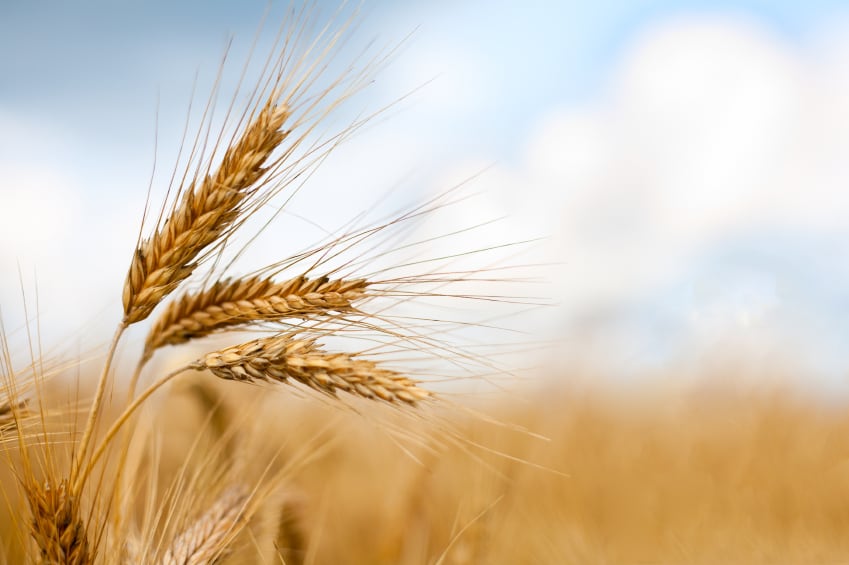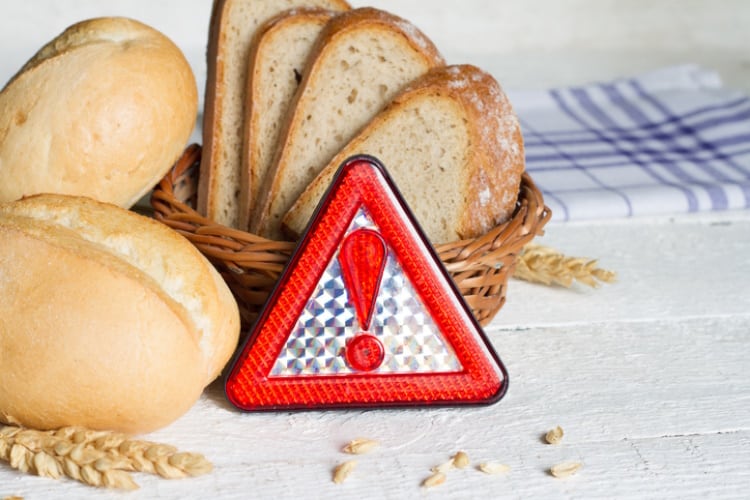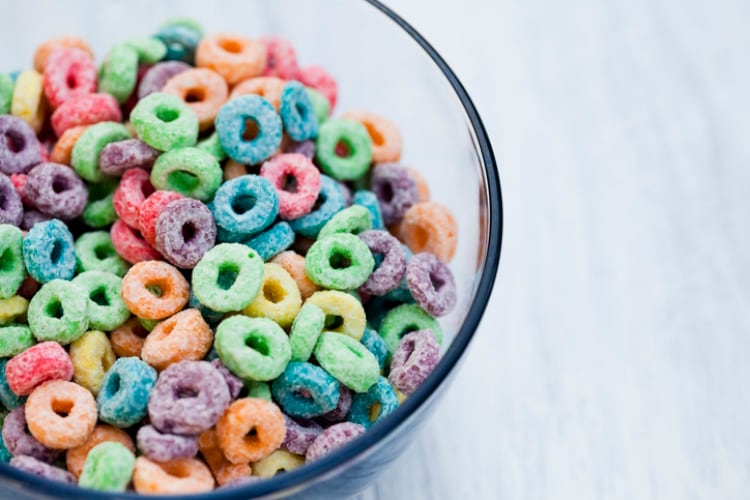The French national association of general practitioners has issued a powerful warning, urging immediate intervention to halt rising cadmium exposure among the French population.
In an open letter sent earlier this month to Prime Minister Gabriel Attal, the Unions Régionales de Professionnels de Santé – Médecins Libéraux (URPS-ML) stated cadmium contamination is a “major public health issue” that demands urgent political and regulatory action.
“We are greatly concerned by the contamination of the French population – particularly women and children - by cadmium,” the letter states. “An explosion of contamination among young children is real and documented and cannot be ignored any longer.”
The URPS-ML points to bread, pasta and potatoes as primary sources of cadmium exposure. These staples absorb cadmium from phosphate fertilisers used in conventional agriculture, particularly fertilisers derived from Moroccan phosphate rock, which can contain exceptionally high levels of cadmium – up to 507 mg/kg – according to scientific analyses of Moroccan-origin phosphate rock cited in reports by ANSES and the European Commission.
“These are foods of daily life,” the doctors write. “And yet, they are contributing significantly to contamination that may be setting the stage for lifelong health consequences in our youngest citizens.”
Cadmium is not only persistent in the environment but accumulates in the human body with a biological half-life of 20 to 30 years. It has been classified as a Group 1 carcinogen by the International Agency for Research on Cancer, meaning it’s known to cause cancer in humans. Long-term exposure is also associated with damage to the kidneys, bones and cardiovascular system, as well as fertility problems.
Surging exposure

The alarm bells are backed by hard data. National biomonitoring studies – ENNS (2006–2007), French Nutrition and Health Survey and ESTEBAN (2014–2016), National Biomonitoring Study – measured cadmium levels in urine samples of adults and children. The ESTEBAN results showed cadmium levels in the French population have doubled, from 0.29 to 0.57 µg/g creatinine.
“Children aged 6-10 had levels higher than those of adolescents and adults,” the letter notes. “Even more disturbing, 36% of children under 3 already exceed toxicological reference values.”
According to France’s national food safety agency ANSES, nearly half of all French adults and 18% of children exceed its reference threshold of 0.50 µg/g creatinine, which was set based on observed impacts on bone health. Yet the doctors warn this threshold may be too generous.
“Recent studies on cardiovascular risk show that at this value of 0.50 µg/g, the average risk of developing cardiovascular disease is multiplied by 2.79,” the letter continues. “This is not marginal. It is structural and ongoing, and the consequences will be generational.”
France has been slower than its EU counterparts in regulating cadmium in fertilisers. In 2022, the EU introduced a maximum cadmium limit of 60 mg/kg in phosphate fertilisers, with a review due in 2026. However, countries are permitted to set stricter national limits. Finland, Sweden, Denmark, Slovakia and Hungary have all opted for tougher thresholds.
France has not.
“Has there been a reduction of the authorised cadmium dose to 20 mg/kg in phosphate fertilisers, as ANSES recommended in its 2021 report to halt the rise in contamination?” the URPS-ML asks pointedly. “Several EU countries have already adopted this level after being granted the necessary exemption. France must do the same.”
France’s ongoing reliance on phosphate fertilisers from Morocco, a major supplier to Europe, adds complexity. These fertilisers often contain cadmium levels far above the proposed 20 mg/kg threshold. Still, the URPS-ML insists the government cannot use international supply chains as an excuse for inaction.
A call to arms

On 10 June, Health Minister Yannick Neuder acknowledged the severity of the situation and called on the agriculture ministry – which has the legal authority over fertiliser policy – to introduce legislation limiting cadmium in fertilisers to 20 mg/kg.
So far, the ministry hasn’t responded to questions from the press or the public.
“The State can no longer ignore this problem,” the URPS-ML notes. “We are now dealing with contamination that touches on multiple systemic diseases – pancreatic cancer, kidney disease, cardiovascular conditions, fertility issues. We are already late.”
In addition to policy reform, the doctors propose a coordinated public health response and have committed to contributing through medical practice. Their proposals include:
- Training all private practice doctors on cadmium risks and prevention;
- Creating educational materials for patients, especially around dietary modifications;
- Encouraging the consumption of organic food, which has been shown to contain 48% less cadmium on average than conventionally grown produce.
However, the letter stresses that “doctors cannot be the only actors in this fight.”
As such, they urge the State to:
- Mobilise regional health authorities for a public awareness campaign;
- Adapt school and institutional menus to reduce dietary cadmium intake, especially for children;
- Bolster public support for organic agriculture, particularly in school meal programmes;
- Make cadmium urine testing more accessible and reimbursed, moving from a reactive logic to one of early detection.
So why not just go organic?

Despite the advantages of organic farming, recent events show it isn’t foolproof.
In March, the EU’s Rapid Alert System for Food and Feed (RASFF) issued a notification to France over serious cadmium contamination in organic wholemeal Khorasan flour.
This, the URPS-ML argues, underscores how deeply cadmium has saturated the food system.
“Even organic agriculture, under attack from multiple fronts, is vulnerable,” states the letter. “But it remains one of the most effective protective buffers we have. It must be defended and expanded, not undermined.”
A 2024 EU study found elevated cadmium levels in agricultural topsoils in Poland, Ireland, Finland and Sweden – regions that have historically used high levels of phosphate fertilisers and sewage sludge. Italy, meanwhile, leads the EU in cadmium-related food contamination alerts, largely due to imported goods.
“France is not the worst-affected country,” the doctors admit. “But inaction now will make us the next one.”
They add that cadmium contamination “does not respect borders” and stress that both national leadership and coordinated EU action will be necessary to contain the long-term damage.
The clock is ticking
Although the doctors admit the toxic legacy of cadmium is “not a fatality”, they note “the United States succeeded in reducing cadmium exposure between the 1960s and 2020 through better management of sewage sludge and fertilisers. Even among smokers - who have naturally higher levels - average contamination dropped from 0.61 to 0.40 µg/g creatinine.
“So why are we going in the opposite direction?”
The URPS-ML warns further delay could cost the country more than it realises.
“There is still time to act. But we are rapidly approaching the point where inaction becomes complicity.”
Studies:
Mar, SS (2012). Investigation of Cd contents in several phosphate rocks used for the production of fertilizer. Microchemical Journal. https://doi.org/10.1016/J.MICROC.2012.03.020
Jean J, Sirot V, Vassuer P, et al (2015). Impact of a modification of food regulation on cadmium exposure. Regulatory Toxicology and Pharmacology. https://doi.org/10.1016/j.yrtph.2015.07.027
ESDAC (2023). Cadmium in topsoils of the European Union. Datasets, Soil Threats Data





